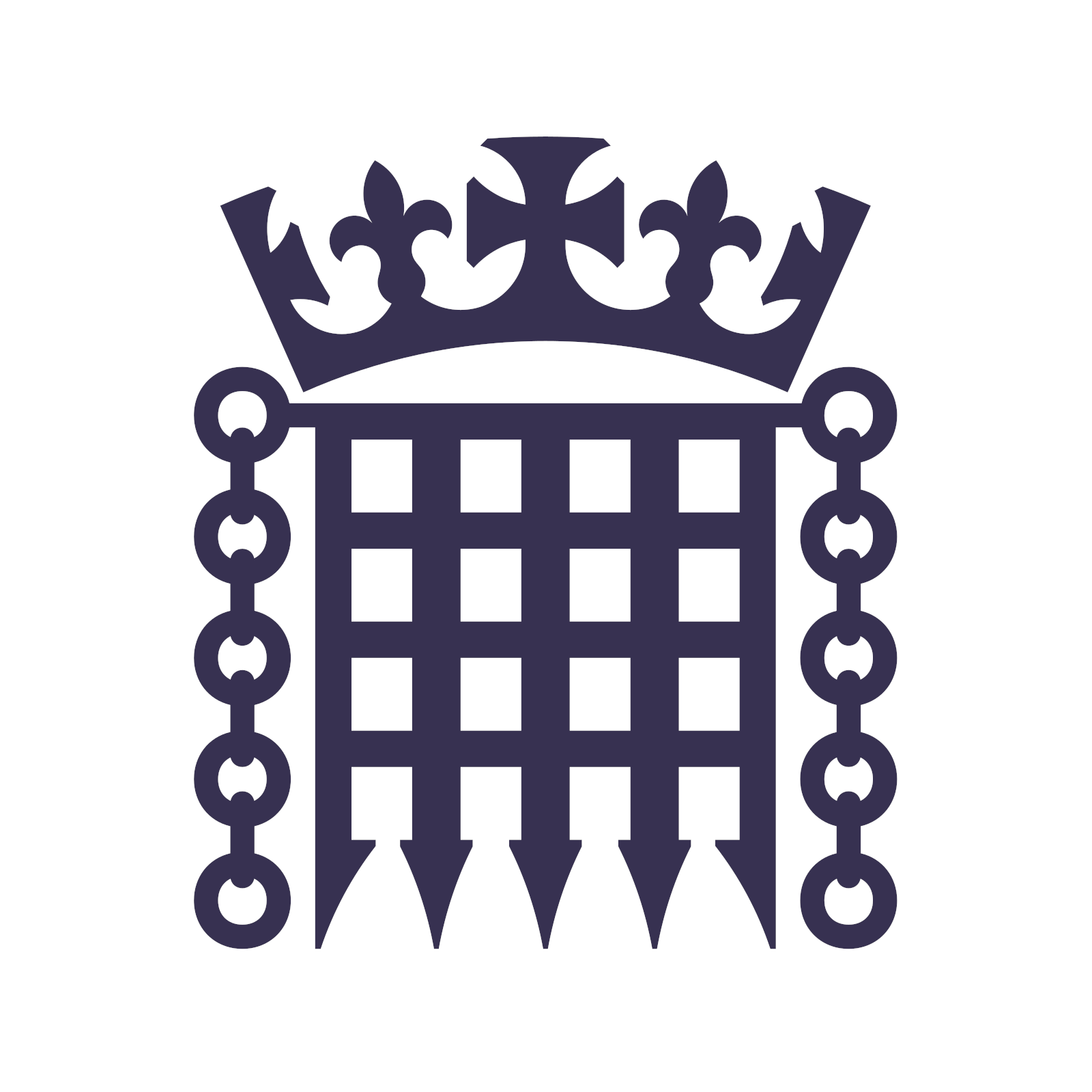- 57 Posts
- 115 Comments

 461·1 month ago
461·1 month agoYears ago a Microsoft breakup was also once on the table, but it never happened.
I wouldn’t get too excited that regulators will follow through with this for Google either.

 14·2 months ago
14·2 months agoResplendent and fungiform definitely are, and I hope slugabed is because it’s describing my mood this Sunday morning rather aptly.

 494·2 months ago
494·2 months agoWe are going to need much stronger image rights for individuals in the AI age.
There’s no way to stop the technology itself (although current development may plateau at some point), so there must be strong legal restrictions on abusing it.

 433·2 months ago
433·2 months agoI don’t think Mozilla running a Mastodon server is losing focus. The ethos of Mozilla and the Fediverse have a lot of overlap, and Mozilla should desire to have a foot in it.
An official Mastodon server is also a useful platform for marketing and outreach. In contrast an organisation claiming to be all about privacy and open source retreating from a social media platform that embodies those is not a good look.

 37·2 months ago
37·2 months agoHigh energy bills and misinformation about energy saving seems to be causing some odd behaviour here in the UK.
I have relatives who go round turning off every device and appliance at night, despite the negligible power draw they have in standby. Another will only charge their phone at night during cheaper the electricity rate - but runs the tumble dryer during the day.
I also often hear stories about people fearing electronic devices will catch fire if left on standby over night. Which may well be a risk for charging a dodgy Chinese e-bike but probably not for a home router.
The challenge for Ladybird and other independent browser projects is the enormous size and scope required of modern browsers, which is also still growing. Web browsers are now probably second only to operating systems in complexity in the personal computing space.
Plus even if they do reach technical maturity, they still have to convince people to use it. That’s not been going very well for Mozilla, and they already have a working browser.
Safari is more energy efficient on macOS compared to other browsers.
But like it or not the (artificial) hold Safari has over the iOS/iPadOS ecosystem is the only thing stopping a complete Google hegemony over the web browser market.
Mozilla is circling the drain and the few nascent new browser projects are years away from technical maturity and may never establish any meaningful market share anyway.
They are fairly crap as a hand dryer too.
The P and D symbol is the DisplayPort logo. I’m not sure when it was first used, but the DisplayPort standard itself is quite a bit older than USB Power Delivery.
It’s still confusing though regardless of which can lay the best claim to the letters P and D. I would have suggested Power Delivery could use some sort of lightning bolt symbol, but then I realised that would probably conflict with Thunderbolt, which also uses USB-C.
It’s almost as if having all these different features would be easier to differentiate if they had different physical shapes.

 1·2 months ago
1·2 months agoI haven’t done any channel optimisation so far, I probably should do. I have the P version of the Sonoff Zigbee dongle, I haven’t tried the E version.
I’ve also been careful with picking router devices. I’ve tried to avoid router devices that have poor reported compatibility with Aqara. There is a page/thread somewhere online where people were compiling lists of devices that do or don’t play nice with Aqara. IKEA devices apparently work very well with Aqara, I’ve been using their smart plugs wherever I can.
My Zigbee network also improved a lot when I set up some IKEA plugs in the loft. My house also has thick walls, but it seems Zigbee signal can propagate more easily through ceilings/floors.
Using quality brand batteries also seems to help a bit, at least from a battery life point of view.

 41·2 months ago
41·2 months agoCreating a cost barrier to participation is possibly one of the better ways to deter bot activity.
Charging money to register or even post on a platform is one method. There are administrative and ethical challenges to overcome though, especially for non-commercial platforms like Lemmy.
CAPTCHA systems are another, which costs human labour to solve a puzzle before gaining access.
There had been some attempts to use proof of work based systems to combat email spam in the past, which puts a computing resource cost in place. Crypto might have poisoned the well on that one though.
All of these are still vulnerable to state level actors though, who have large pools of financial, human, and machine resources to spend on manipulation.
Maybe instead the best way to protect communities from such attacks is just to remain small and insignificant enough to not attract attention in the first place.

 5·2 months ago
5·2 months agoI’m happy to see untracked energy devices covered in the energy graphs. I’d been using a Grafana dashboard to display more detailed energy visualisations including consumption of untracked devices before.

 4·2 months ago
4·2 months agoStill a win for Home Assistant to have a big brand like Aqara want to play ball at all.
if they are supporting the current Matter/Thread devices hopefully they will do the same for future devices, especially (if and) when they start to deprecate their Zigbee devices.

 1·2 months ago
1·2 months agoAqara devices can be finicky with non-Aqara devices, especially router devices.
I’ve personally also had much better results with Aqara devices since switching to Zigbee2MQTT and a Sonoff Zigbee stick, I had a lot more dropouts with ZHA and a Conbee II stick.
Pop-ups used to be new browser windows, which was fairly easy to identify and block.
Now for things like email signups they tend to be elements within a web page, and it is harder for blockers to identify the nuisance elements from the good ones.
It’s not impossible, as blockers do the same thing, but ads are more predictable across sites so it’s easier to craft blocking rules for them.
Same, if I was to draw a Venn diagram of “websites I visit” and “notifications I need”, the circles would be so far apart they’d be at opposite ends of the universe.
Browsers should make that feature much easier to fully disable. Same goes for location data, which an alarming amount of websites now seem to request despite having no need for it.

 12·3 months ago
12·3 months agoDedicated and separated cycle lanes are the way to go. Cars, cycles, and pedestrians all need their own space. The challenge for the UK is our often quite narrow existing roads. Making space for physically separated cycle lanes is often going to mean taking lanes away from cars. Which is not necessarily a bad thing but obviously creates a lot more friction to be implemented.
Many cities in Europe have had an easier time with this due to more post-war modernisation/rebuilding that created wider roads.

 8·3 months ago
8·3 months agoI wish more would be done to link up walking routes. There’s a lot of footpaths in the country but they often poorly connected to each other. Local authorities are supposed to have plans on implementing new routes but progress seems very slow.

 111·3 months ago
111·3 months agoThis is the inevitable path for nearly all proprietary smart devices. There’s a handful of manufacturers that will see privacy as a marketable feature, but most won’t be able to resist the sweet taste of data.
It’s a shame there are no “dumb” TVs left, except for expensive industrial options.





















Prague had a large pneumatic post system which operated for 100+ years.
Prague pneumatic post.